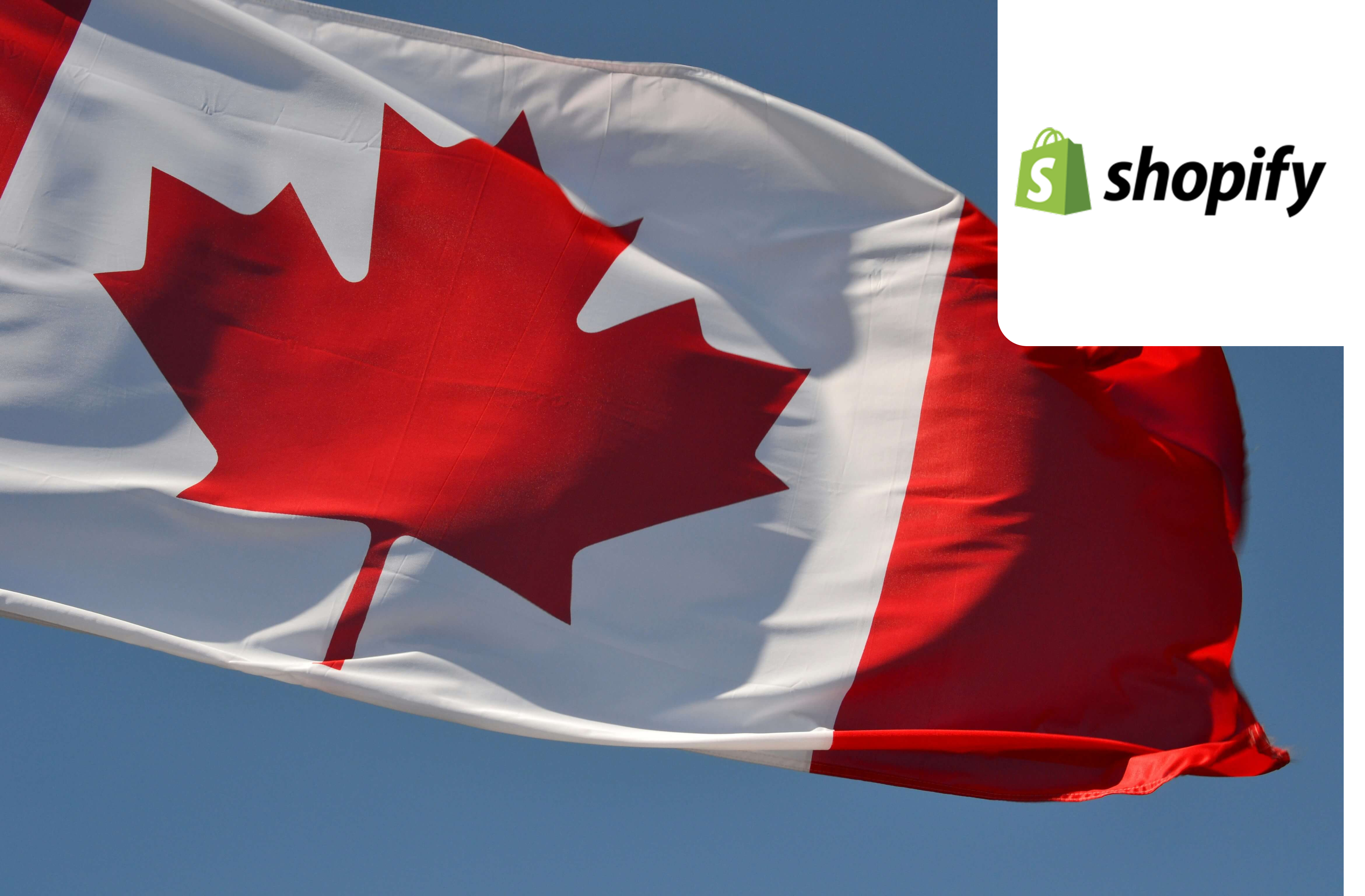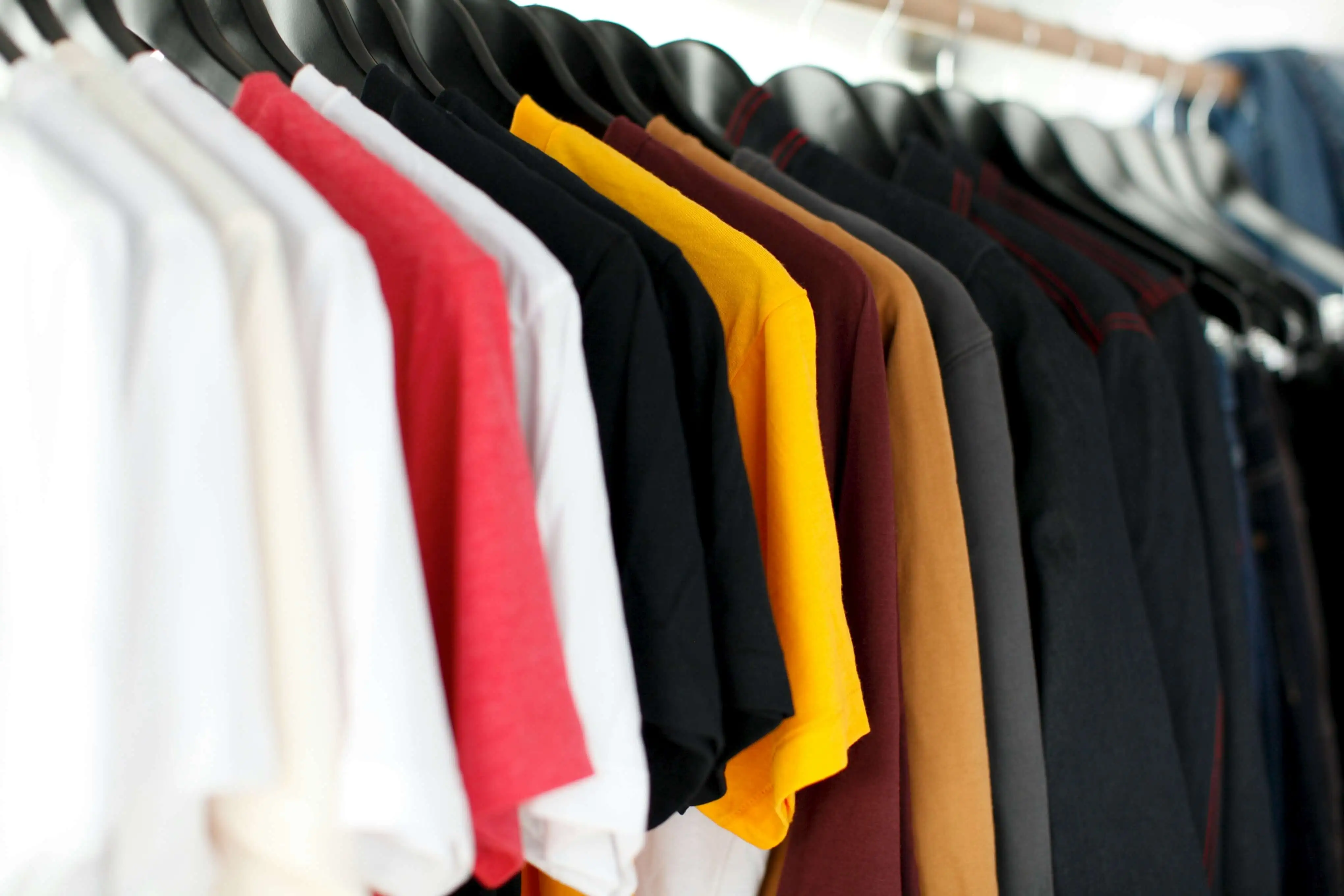Fastest Growing Shopify Stores in the United States
Written by Diogo Matos  |
Last updated on 5th December, 2025
|
Last updated on 5th December, 2025
In 2025, American Shopify ecommerce stores are navigating an evolving ecommerce environment.
Typically, Instagram accounts in this niche recorded a weekly growth of 115.9 followers, with an average engagement rate of 2.73% — showing that consumer interest persists on social media.
On the other hand, organic search performance declined, with traffic decreasing by -32.8% across the industry. This suggests increased competition or reduced search visibility, which force SEO agencies to come up with fresh approaches to generating organic traffic, such as ranking on AI models.
Looking at paid channels, roughly 46.5% of stores have launched Meta ads historically, and 42.4% have executed Meta ads in 2025. Paid search stays underdeveloped, with only 15.3% of stores leveraging it—leaving room for strategic stores to take advantage of underutilized advertising channels.
This information reveals the patterns that matter most for agencies and ecommerce professionals seeking to benchmark performance, uncover new opportunities, and track industry-wide shifts.





Organic Social Trends for American Shopify E-Commerce Stores
In November 2025, organic Instagram traffic for American Shopify e-commerce stores showed a rise to 645.48 visits, after experiencing fluctuations throughout the year. Instagram's growth highlighted positive engagement, with stores effectively harnessing multimedia content to captivate audiences. However, posting frequency has slightly decreased by -0.3 this month compared to last month, averaging 3.02 posts per week.
TikTok traffic has shown a more consistent trend, with numbers stabilizing around 299.77 visits in November 2025, following a period of decline at the start of the year. While TikTok's organic reach remains valuable, the average weekly uploads have decreased by -0.33, from 2.31 to 1.98 posts. Despite the reduction in posts, the platform continues to engage users with its dynamic and engaging content format.
Overall, there is a significant proportion of stores with lower traffic, as 18,506 stores reported under 10k Instagram visitors per month. The engagement rates remain modest at 0.03%, which presents an opportunity for brands to refine strategies for increased follower interaction. As stores navigate social trends, there's a consistent emphasis on quality over quantity in content sharing.
% of Traffic from Organic Instagram Over Time
Percentage of total traffic coming from organic Instagram posts and stories
% of Traffic from Organic TikTok Over Time
Percentage of total traffic coming from organic TikTok videos